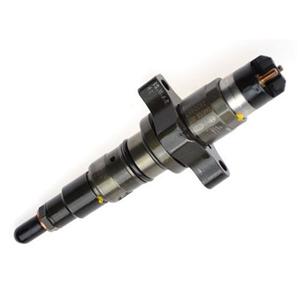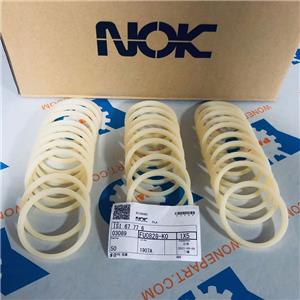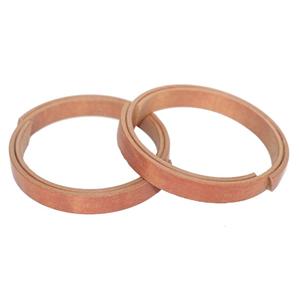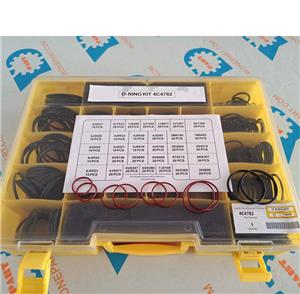-
2610-2019
What is Static seal?
Static seal A static seal is usually a seal between two stationary faces. So-called static seal refers to a seal that is in a stationary state during bearing operation without relative motion. A seal that does not move relative to each other between seal couplers is referred to as a static seal. A seal that does not have a relative movement between the two coupling members of the static sealing portion is referred to as a static seal. And we wonepart will support you to know more about seal knowledge so that you could buy our seal via our online website www.wonepart.com.
-
3107-2019
CAT inch seal
The factors for seal losing efficacy 1. Design selection is not reasonable (1) The seal is divided into two categories: static seal and dynamic seal according to whether there is relative movement between the two joint faces sealed. The dynamic seal is divided into a rotary dynamic seal and a mobile dynamic seal according to the relative movement direction. In addition, the type of working medium, pressure, temperature and the relative speed of movement between the two pairs of seals have different requirements on the material and structure of the seal. For example, static seals use O-rings, various gaskets, sealants, etc.; rotary seals are used in addition to O-rings, and oil seals are widely used; reciprocating motions generally use O-rings, especially at high speeds. Generally, it is not common used, and lip seals such as a V shape, a Y shape, a Yx shape, a J shape, and the types are generally used.
-
2904-2019
Introduction of O Ring and Design
The O-ring is a kind of rubber seal ring with a circular cross section. As its cross section is O-shaped, it is called an O shaped seal ring. It is also called O-ring. It began to appear in the mid-19th century when it was used as a sealing element for steam engine cylinders. It is the most widely used in hydraulic and pneumatic transmission systems. Usually in Taiwan, Japanese companies are called O-Ring.




